Golden Week - Gōruden Wīku
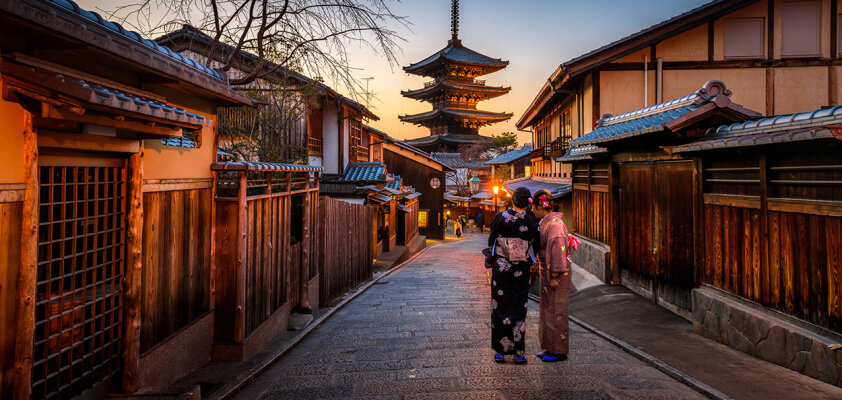
The Golden Week in Japan is a week at the end of April and the beginning of May, consisting of four consecutive holidays. This can result in up to ten consecutive days off. For the Japanese, this week is primarily a popular time for travel. In Japan, it is considered unethical to be absent from work for an extended period and burden colleagues with additional work. However, during the Golden Week, everyone takes time off if possible, or companies plan a shutdown for the entire staff.

Recipe in this blog post:
The Golden Week traditionally begins on April 29th with Showa Day (Shōwa no Hi 昭和の日). This day commemorates the birthday of the late Emperor Hirohito, also known as Shōwa-tennō. Celebrations include public dance performances and colorful decorations with ribbons. The day is meant to recall Shōwa's reign between 1926 and 1989, which encompassed World War II and significant post-war economic growth.
The second holiday of Golden Week is Constitution Day (Kempō Kinen-bi 憲法記念日) on May 3rd. On this day in 1947, Japan's new post-war constitution came into effect, transferring sovereignty from the Emperor to the people. However, the Tennō, as the Emperor is called in Japan, continued to exist as a symbol of the country. A popular destination on this day is the national parliament building in Tokyo, considered the birthplace of the new constitution.
On May 4th, the national holiday Greenery Day (Midori no Hi みどりの日) follows. Originally celebrated on April 29th, it was moved to May 4th due to Showa Day. In honor of the environment and nature (which were among Emperor Showa's passions), the Japanese people plant trees and take trips to nature on this day. Additionally, during Golden Week, rice cultivation and the harvesting of green tea leaves begin. Many Japanese try to obtain freshly harvested green tea leaves on Greenery Day.
The last of the four holidays of Golden Week is Children's Day (Kodomo no Hi こどもの日). Originally reserved for celebrating boys, this national holiday now also celebrates girls. The Japanese celebrate this day with samurai dolls and colorful carp streamers for a successful future for the children in the country. The koi carp, in particular, are considered symbols of good luck in Japan, representing strength, endurance, and diligence.
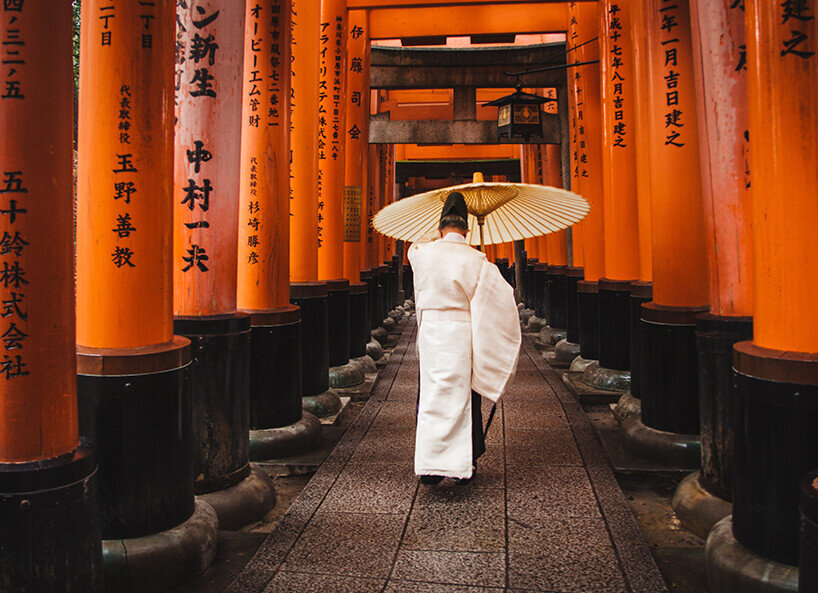
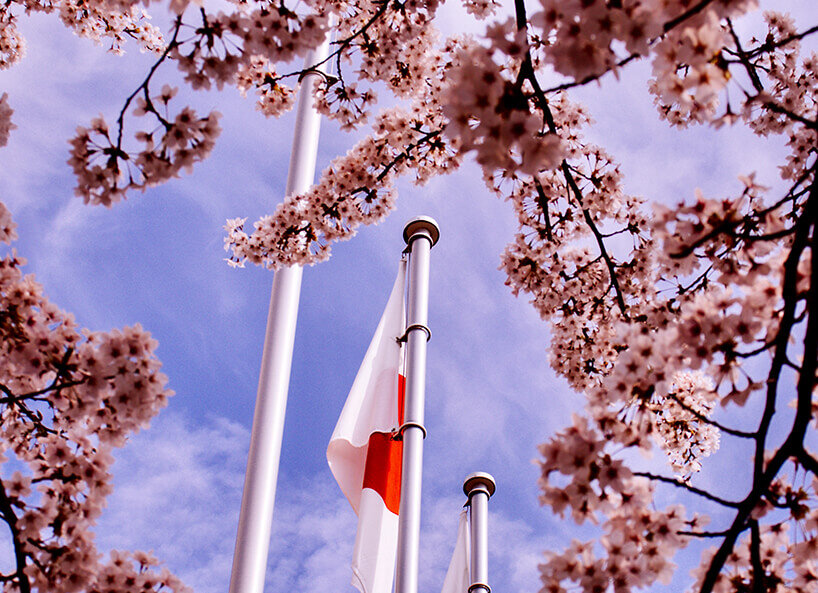
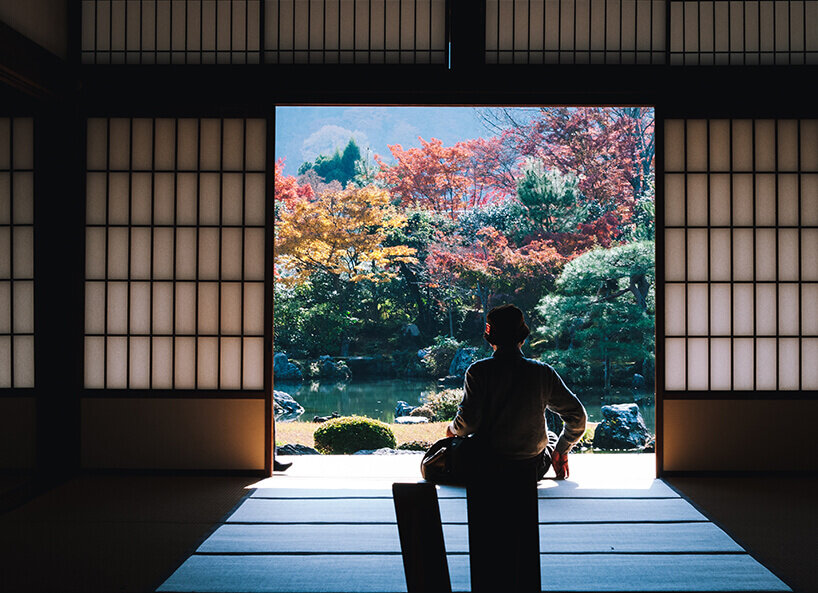
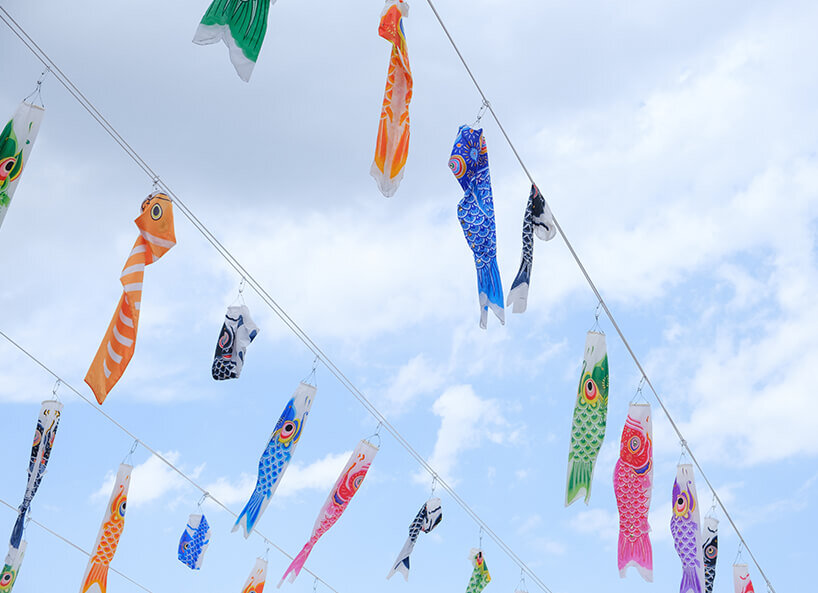
Among the locals, the Golden Week is often used for vacations or family visits. Due to the four consecutive holidays along with weekends and bridge days, longer periods of time off from work can be achieved.
The Golden Week is also a popular time for tourists to explore the traditions of the Japanese islands. However, there are several things to consider to ensure a pleasant vacation during the Japanese holidays.
Tips for traveling to Japan during the Golden Week
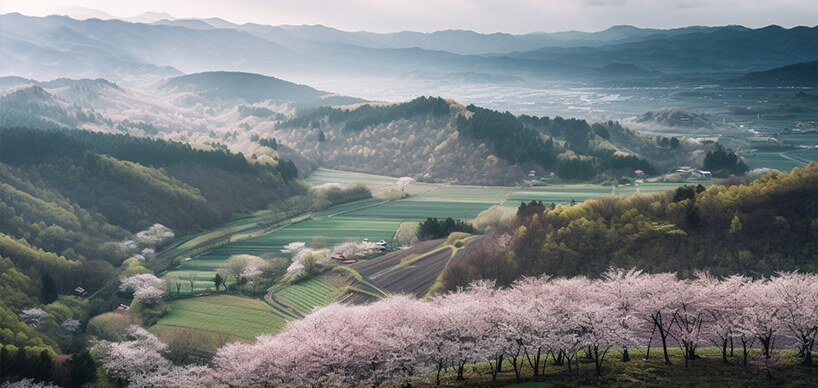
- Due to the increased travel volume, it's advisable to start planning your trip early. For flights, hotel bookings, tickets for public transportation, and attractions, it's recommended to book at least six months in advance.
- For train travel within the country, you can travel conveniently and affordably with the Japan Rail Pass.
- Expect delays in general as public transportation and tourist attractions are likely to be crowded.
- Attend one of the many traditional festivals and events organized by locals during the Golden Week.
- Since many Japanese people are traveling during the Golden Week, it's a good time to explore Japan's capital, Tokyo.
- Take advantage of the pleasant weather by spending time outdoors and enjoy the colorful sights of azaleas, wisteria, and tulips.
Japanese etiquette
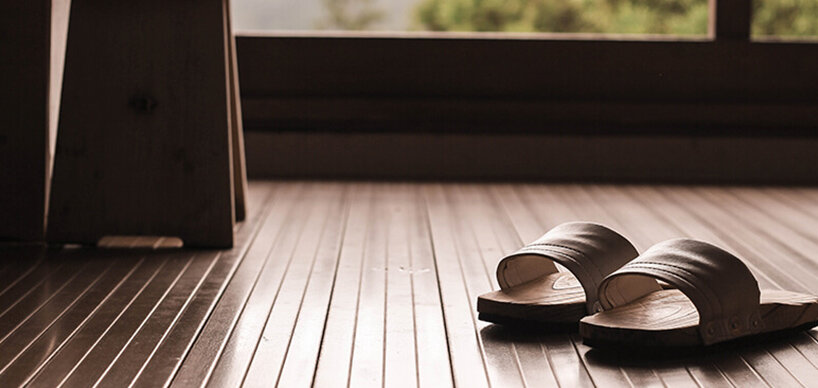
In Japanese culture, politeness is of the utmost importance, perhaps one reason why Tokyo was named the safest city in the world in 2019. To avoid standing out negatively during your trip, it's essential to be aware of the following etiquette rules:
- In Japan, it is customary to remove your shoes before entering homes, temples, and other public buildings such as hotels. Usually, slippers are provided. It's best to pay attention to shoes placed at entrances or observe people entering before you to avoid any missteps.
- For visits to the restroom, such as in restaurants or private homes, there are special toilet slippers provided outside the restroom, meant only for toilet use.
- When traveling to Japan, it's advisable to know how to use chopsticks. When eating dishes served in bowls, it's common to hold the bowl in your hand and bring it to your mouth. Additionally, Japanese people don't pour their drinks themselves; they refill the glasses of others. By keeping your glass full, you signal that you don't want more to drink. Don't be surprised by the loud slurping of soup by the Japanese; it's considered normal in Japan.
Udon noodles
How about trying a traditional Japanese dish to get into the spirit of your trip? We recommend the delicious Japanese Udon noodles. These thick wheat noodles can be prepared in various ways, such as the fried Yaki Udon. Here are the ingredients you'll need (enough for two people):
 4 personsNo. of persons
4 personsNo. of persons
 ca. 45 minutesTotal Time
ca. 45 minutesTotal Time
 easyLevel of difficulty
easyLevel of difficulty
 main mealDish
main mealDish
 ca. 700kcal per portionCalories
ca. 700kcal per portionCalories
 Meat
Meat
 Alcohol
Alcohol
 Kitchenware
Kitchenware
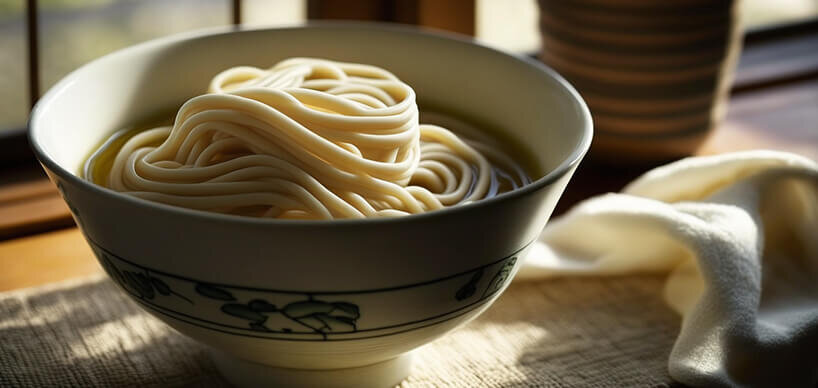
|
400g
udon noodles
|
|
1
onion
|
|
1
Pak Choi
|
|
2
carrots
|
|
3 bunches
shiitake mushrooms
|
|
2
spring onions
|
|
300g
pork/ tofu
|
|
1 tbsp
soy sauce
|
|
4 tbsp
stock
|


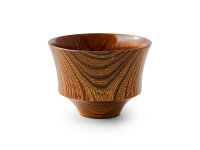
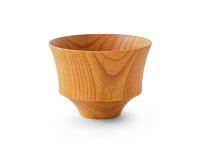
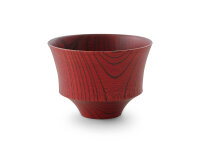
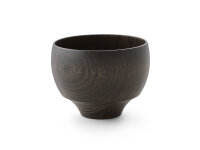
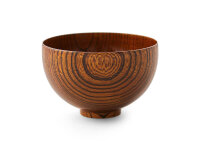










-from-the-yakiyaki-grill-pan.jpg)




